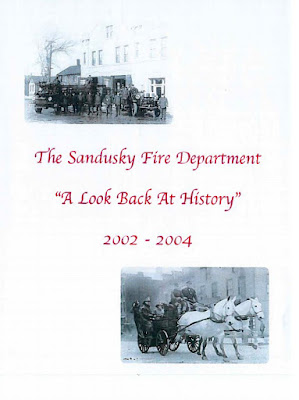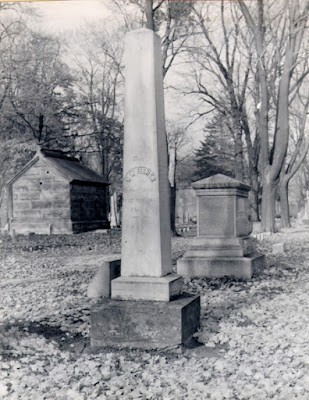The area of land in Ohio known as the Firelands is
the far western portion of the Connecticut Western Reserve. The Western Reserve was over three million acres of land
in northeastern Ohio which was given to Connecticut residents whose lands were
burned by the British during the American Revolution. Because so many of the
early settlers to the Firelands were originally from New England, the
architecture and mindset of those early residents reflected the architecture and
attitudes of New England. The Ohio educator and historian B.A. Hinsdale
said about the Western Reserve, “No other five thousand square miles of territory in the
United States, lying in a body outside of New England, ever had, to begin with,
so pure a New England population.” Several Huron County townships and towns have names that
were duplicates of places in Connecticut, including Norwalk, Fairfield, New
London, and Litchfield. When Oran Follett had his lovely home built in the
1830s, it was constructed in the Greek Revival style which was popular in New
England.
The layout of the town of Milan
reflects the style of the typical New England town square.
Many of the early
settlers to the Firelands brought with them the antislavery sentiment that was
common in New England. Dozens of fugitive slaves were aided in their journey
to freedom by citizens of Huron and Erie County. This monument in downtown
Sandusky honors those who assisted fleeing slaves on their way to Canada.
Yankee ingenuity
and thriftiness is shown by the fact that so many early homes in Sandusky were
built from native limestone, such as the former home of William Townsend.
Ellie Damm wrote in Treasure by the Bay that the stone for many of the early homes had
been quarried near the building site.
Visit the Sandusky Library to read more about the history of the
Firelands. The Firelands Pioneer is a
multi-volume set of periodicals featuring articles about the earliest settlers
to Huron and Erie Counties.

 this blog
this blog













































